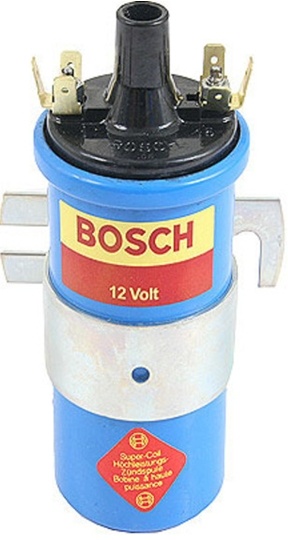My Healey 3000 MK II BT7 is idling great and revving strong to over 4000 RPM. My problem is after idling for 15 to 20 minutes I have a bad misfire over 2000 RPM. If I let the engine cool off for 10 to 15 minutes it revs fine again. It is not over heating, after idling 15 to 20 minutes it is at 212F up from running temp of 195 F. I have a Crane XR 700 electronic ignition with a MDS Blaster 2 coil. I replicated the condition and tested the coil with a multimeter, the primary was .3 and secondary 6.0 both within spec. I have new plugs and leads. Not sure what to try next.
-
The Roadster Factory Recovery Fund - Friends, as you may have heard, The Roadster Factory, a respected British Car Parts business in PA, suffered a total loss in a fire on Christmas Day. Read about it, discuss or ask questions >> HERE. The Triumph Register of America is sponsoring a fund raiser to help TRF get back on their feet. If you can help, vist >> their GoFundMe page.
-
 Hey there Guest!
Hey there Guest!
If you enjoy BCF and find our forum a useful resource, if you appreciate not having ads pop up all over the place and you want to ensure we can stay online - Please consider supporting with an "optional" low-cost annual subscription.**Upgrade Now**
(PS: Subscribers don't see this UGLY banner)
Misfire After Prolonged Idling
- Thread starter Gibber
- Start date
Share this page
Similar threads
Similar threads
-
-
-
-
-
-
-
TR4/4A Making a '65 TR4 Run Awesome. Misfire, Ignition Tune Up, Carb Rebuilds. Help?
- Started by jeep937
- Replies: 70
-
Wedge Need help diagnosing a misfire / stutter / stalling when stepping on gas
- Started by justin_mercier
- Replies: 8
-
-
-
-
-
-
-
-
-
-
-
-
-
G
-
-
-
-
-
TR4/4A Three Questions: Distributors, Idling, Turn Signal Flasher
- Started by KVH
- Replies: 29
-
D
-
-
-
-
-
-
-
-
-
-
-
-


 smilie in place of the real @
smilie in place of the real @
 Pretty Please - add it to our Events forum(s) and add to the calendar! >>
Pretty Please - add it to our Events forum(s) and add to the calendar! >> 




 A friendly reminder - be careful what links you click on here. If a link is posted by someone you don't know, or the URL looks fishy, DON'T CLICK. Spammers sometimes post links that lead to sites that can infect your computer, so be mindful what you click.
A friendly reminder - be careful what links you click on here. If a link is posted by someone you don't know, or the URL looks fishy, DON'T CLICK. Spammers sometimes post links that lead to sites that can infect your computer, so be mindful what you click.